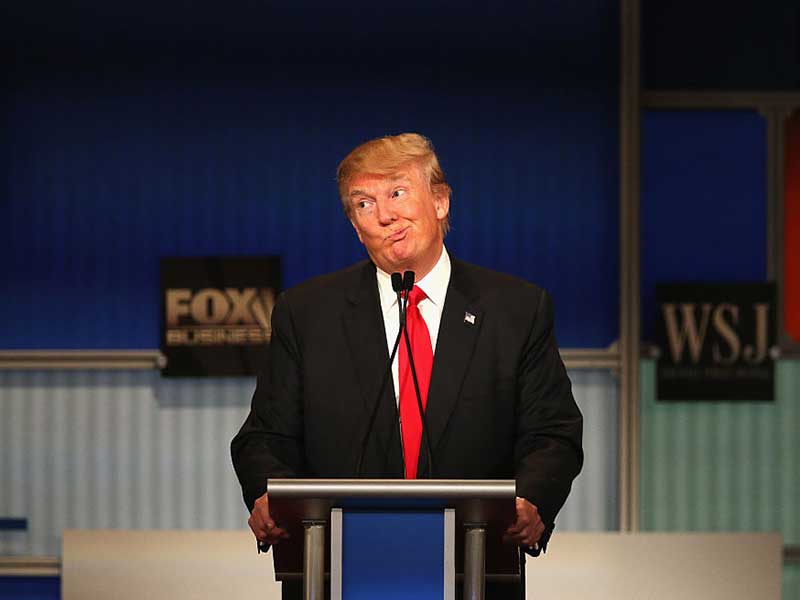
The US Commerce Department’s latest data – released the same day as President Donald Trump’s address to Congress – paints an underwhelming picture of the US economy. Economic growth slowed in the final quarter of 2016, rising at an annualised rate of just 1.9 percent, compared to 3.5 percent in the third quarter.
The figures put the growth rate for the full year at 1.6 percent; the slowest growth since 2011, and a substantial dip from the 2.6 percent achieved in 2015. Further, the advanced indicator of the trade surplus for January was greater than expected, up to $69.2bn from the $64.4bn posted in December.
Trump’s policy promises have included a large scale stimulus package, which aims to boost infrastructure funding while implementing steep tax cuts
According to the Commerce Department, the dwindling growth in the fourth quarter was largely a result of a downturn in exports, coupled with accelerating imports. It was also put down to a slump in federal government spending.
Counteracting this was an uptick in residential investment, private inventory investment and government spending at a local level.
In an interview with Fox News, Trump claimed his leadership would bring a “revved-up economy”. Trump further emphasised his commitment to achieving significant economic growth: “I mean you look at the kind of numbers we’re doing, we were probably GDP of a little more than one percent and if I can get that up to three or maybe more, we have a whole different ball game… and that’s what we’re looking to do.”
Trump’s policy promises have included a large scale stimulus package which aims to boost infrastructure funding while implementing steep tax cuts. However, raising economic growth to over three percent is a grand claim, and, with little slack in the economy, it is looking increasingly unfeasible.
Further, Trump’s much anticipated address to Congress did little to shine light on the specifics of his proposals. Instead, his speech reiterated a commitment to channelling more spending towards defence, after it recently emerged the administration plans to propose a $54bn boost to military funding.


